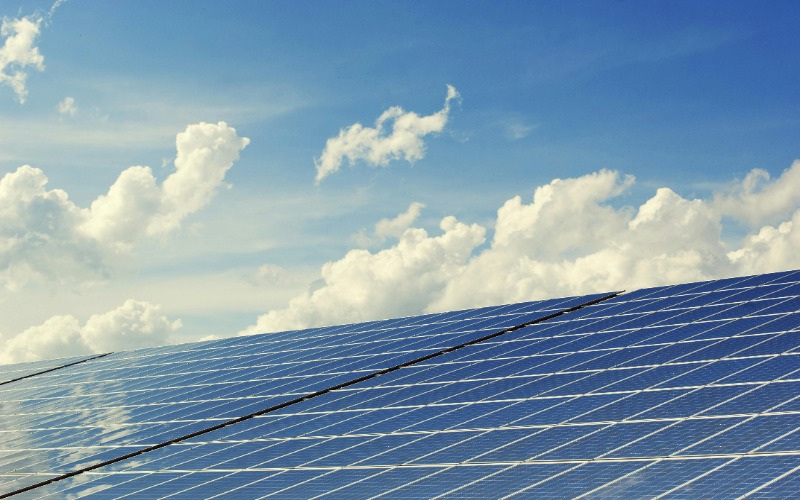Do solar panels work on cloudy days?

When people think of solar energy, they often imagine it thriving under blazing sun, assuming that cloudy weather makes solar panels ineffective. However, solar panels can actually operate on cloudy days, but with reduced efficiency.
This common misconception has prevented many potential users from considering solar energy in areas with variable weather conditions. In fact, solar technology has advanced significantly, allowing solar panels to produce electricity in a variety of conditions, making them viable even in cloudy climates. Understanding this versatility can broaden the appeal of solar energy and support its wider adoption in various regions.
How Solar Panels Work with Indirect Light
The principle of solar panels lies in their photovoltaic cells, which convert sunlight into electricity by capturing different wavelengths of light energy. Contrary to popular belief, these cells don’t just absorb direct sunlight. According to the U.S. Department of Energy, photovoltaic cells are also capable of producing energy from indirect or diffuse sunlight. Diffuse light occurs when sunlight is scattered by atmospheric particles, such as clouds or fog, creating a softer but usable light source.
Although production may decrease to 10 to 25 percent of full capacity on particularly cloudy days, solar systems remain productive. For example, Germany, one of the world’s leading solar energy countries, has a mostly cloudy climate. This fact highlights that direct and constant sunlight is not a strict necessity for solar energy production. Instead, efficient solar energy production depends more on the quality and installation of solar panels as well as their adaptability to varied conditions.
Why Cloudy Days Are Not a Problem for Solar Power
A study from the National Renewable Energy Laboratory (NREL) found that solar installations located in regions with high cloud cover can still operate at about 60 to 70 percent of their optimal output per year.
In some cases, cloudy conditions can even have a minor benefit: reduced temperatures. Solar cells can lose efficiency at higher temperatures, so cooler, cloudy days can result in more stable, albeit reduced, output. Additionally, some solar panel designs, such as monocrystalline panels, tend to perform better in low light conditions than polycrystalline panels. This variation in efficiency gives potential users more flexibility when choosing the best panel for their area.
The Regional Perspective: Cloudy Places Where Solar Power Thrives
Regions such as the Pacific Northwest in the United States and parts of northern Europe experience regular cloud cover but have embraced solar power through careful planning and reliable technology. Seattle, Washington, for example, has adopted solar power as part of its renewable energy efforts, despite being a city known for its cloudy days. In the UK, cloudy days are the norm, but the adoption of solar energy has continued to grow. According to Solar Energy UK, the country’s solar panels can still produce around 60% of their typical output on a cloudy day.
Combat misconceptions and increase awareness
The idea that solar panels are inefficient in non-sunny climates is largely due to outdated perceptions of solar technology. Older solar systems do indeed face problems with cloudy weather, but modern solar panels have improved significantly in low-light energy conversion. Public awareness of these advances remains low, and debunking these myths can help drive the adoption of solar energy in various regions.



Leave a Comment